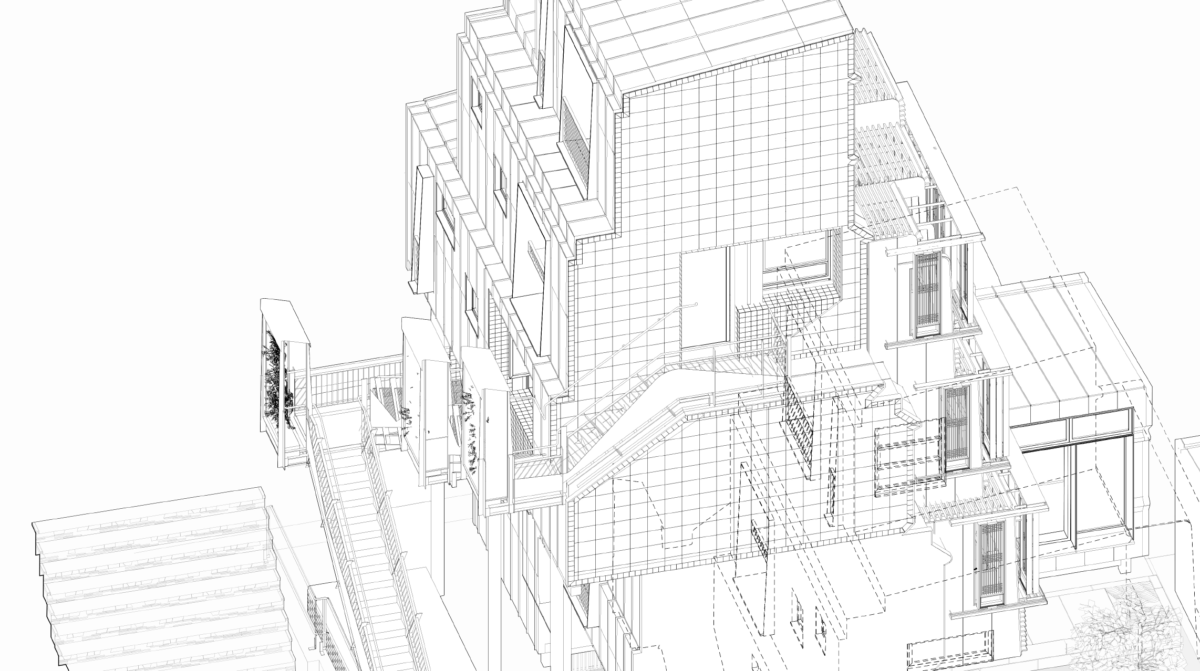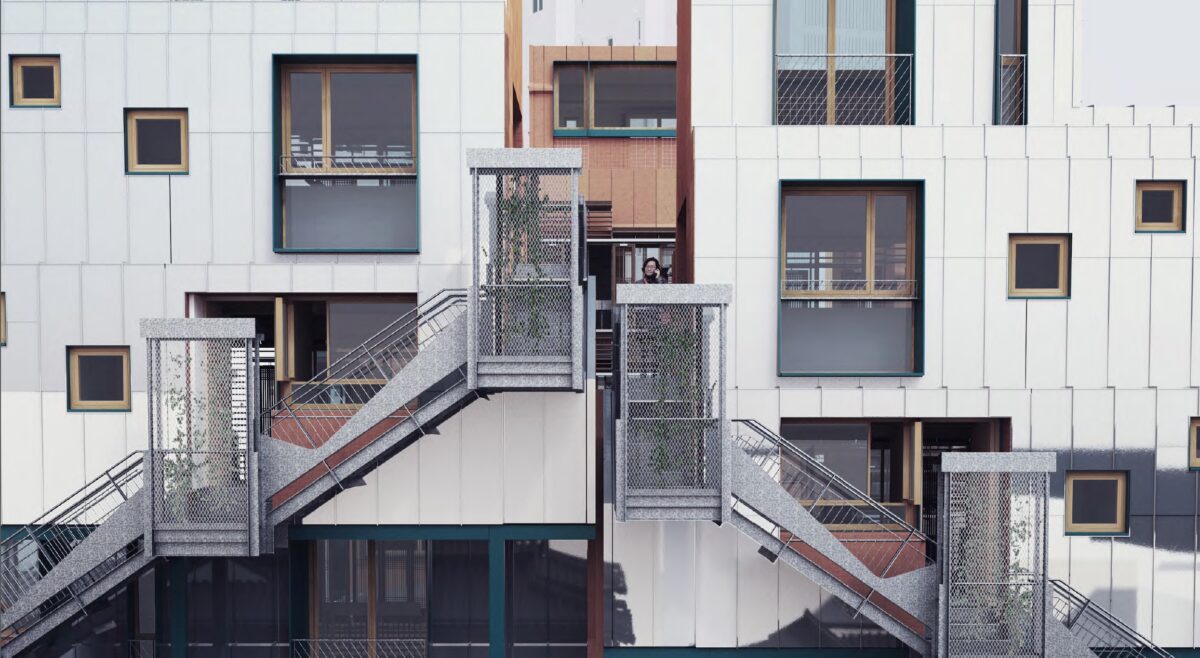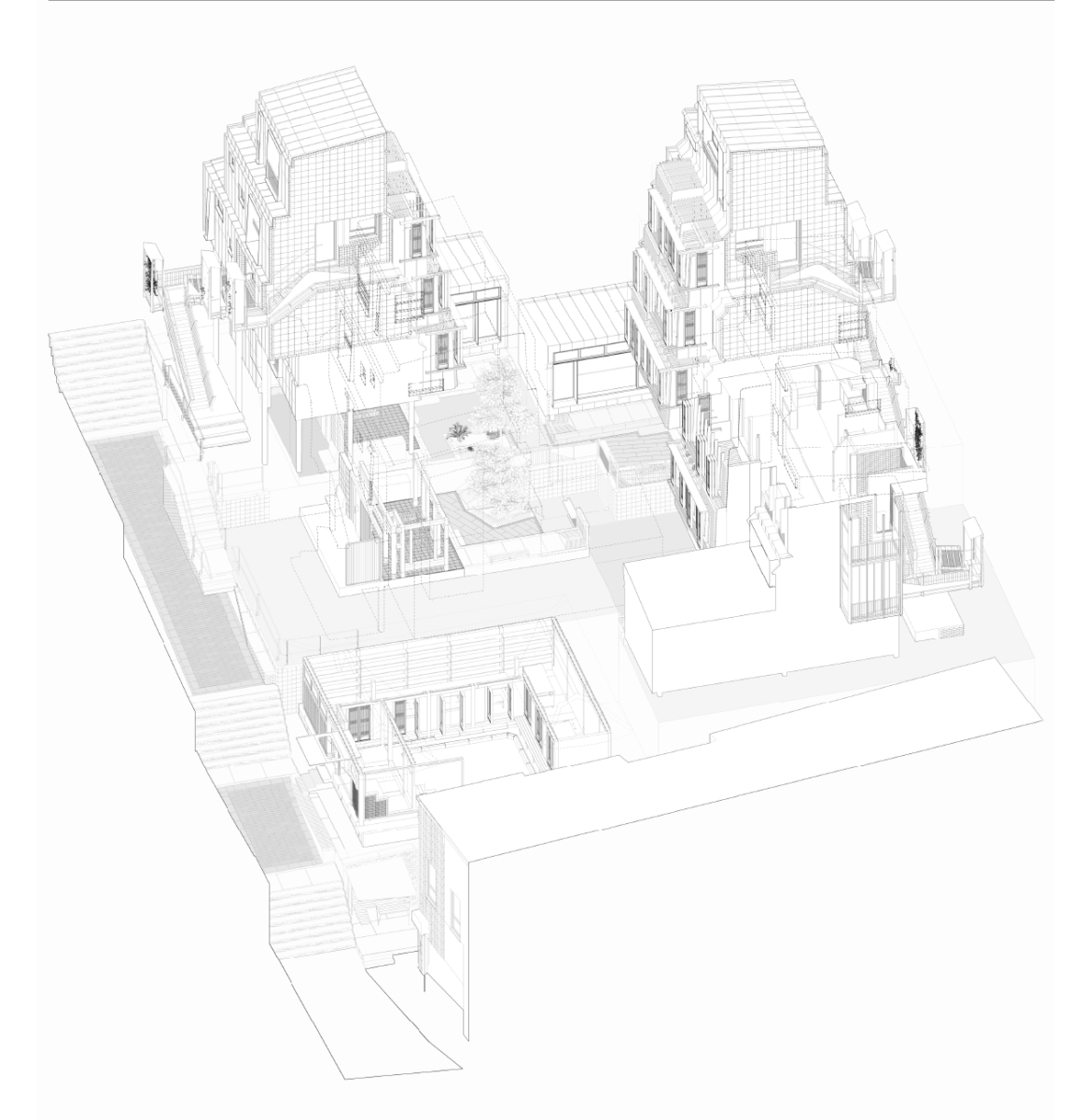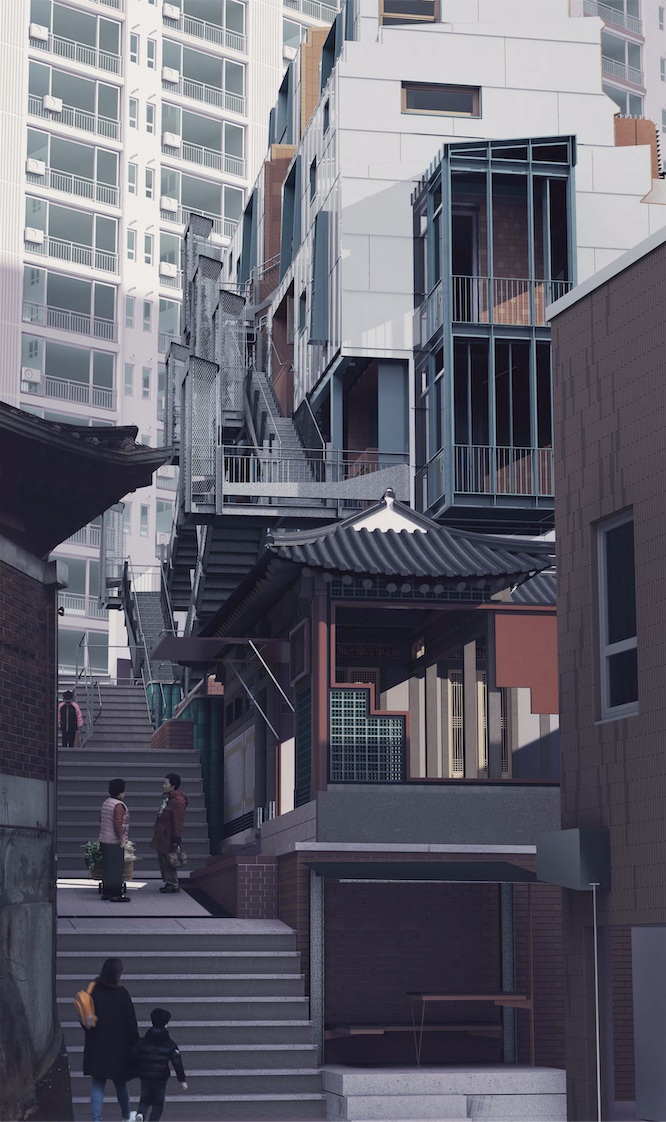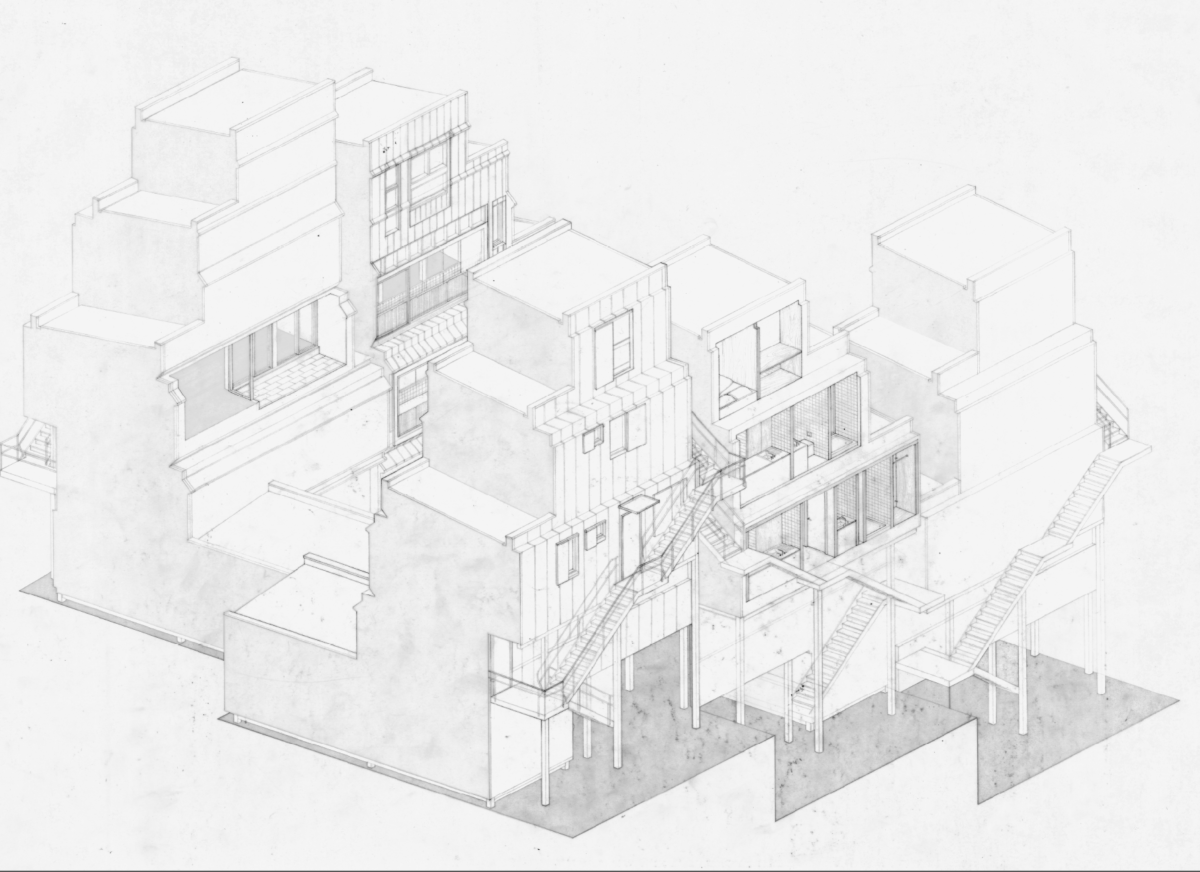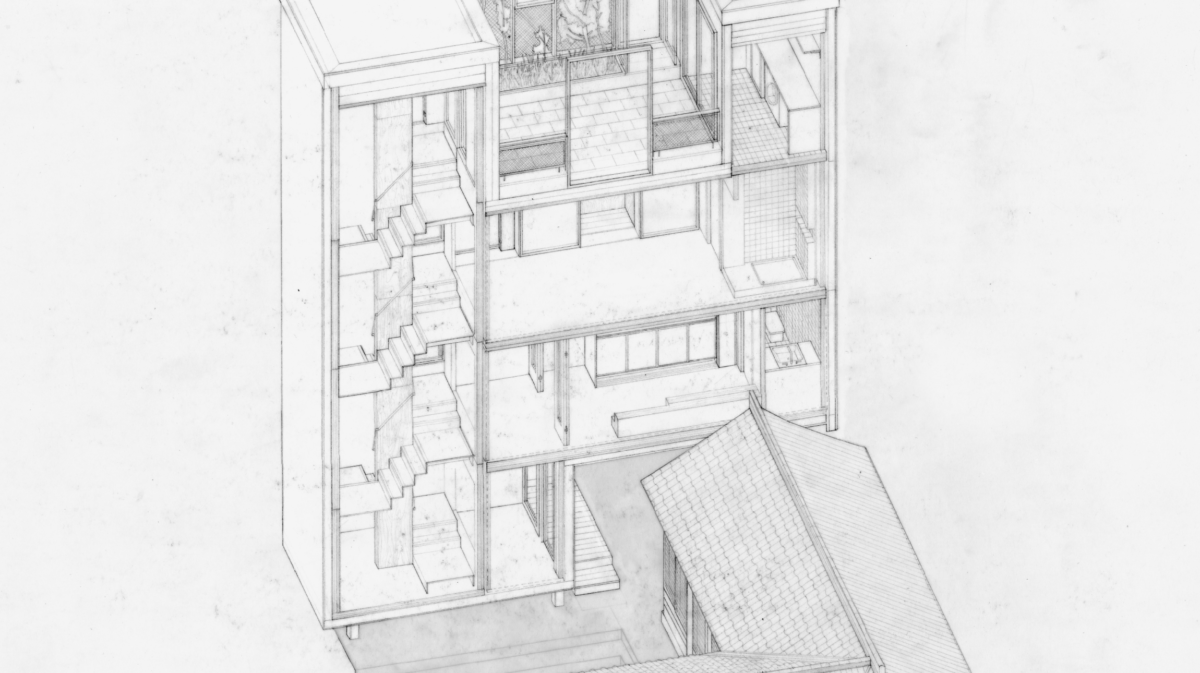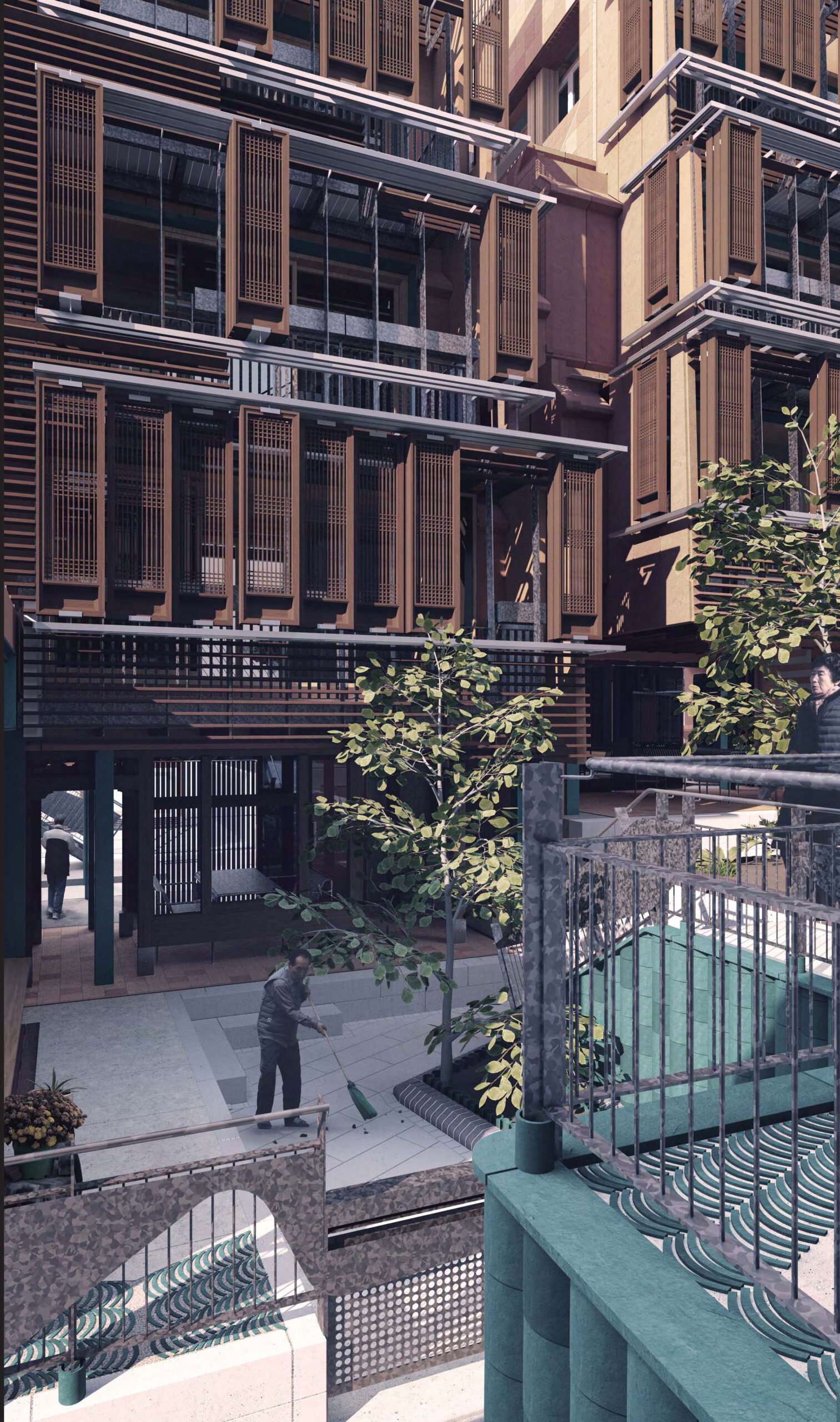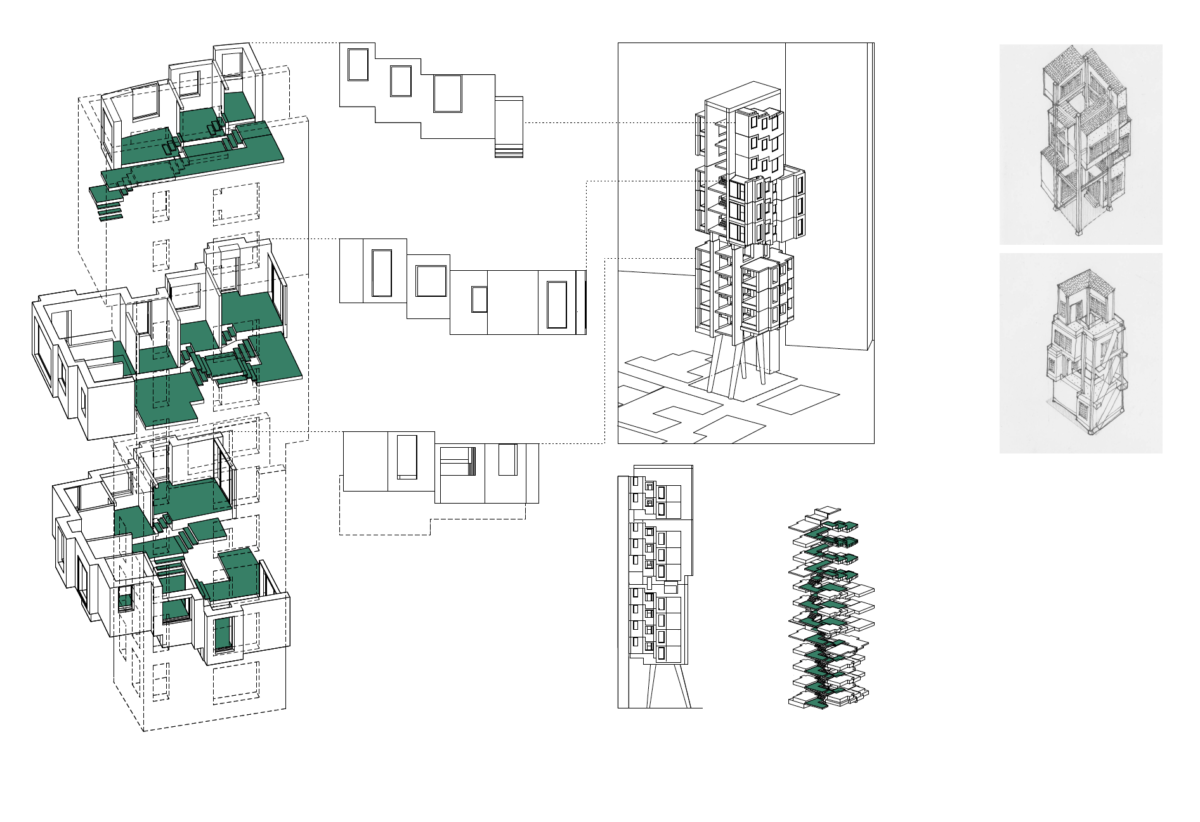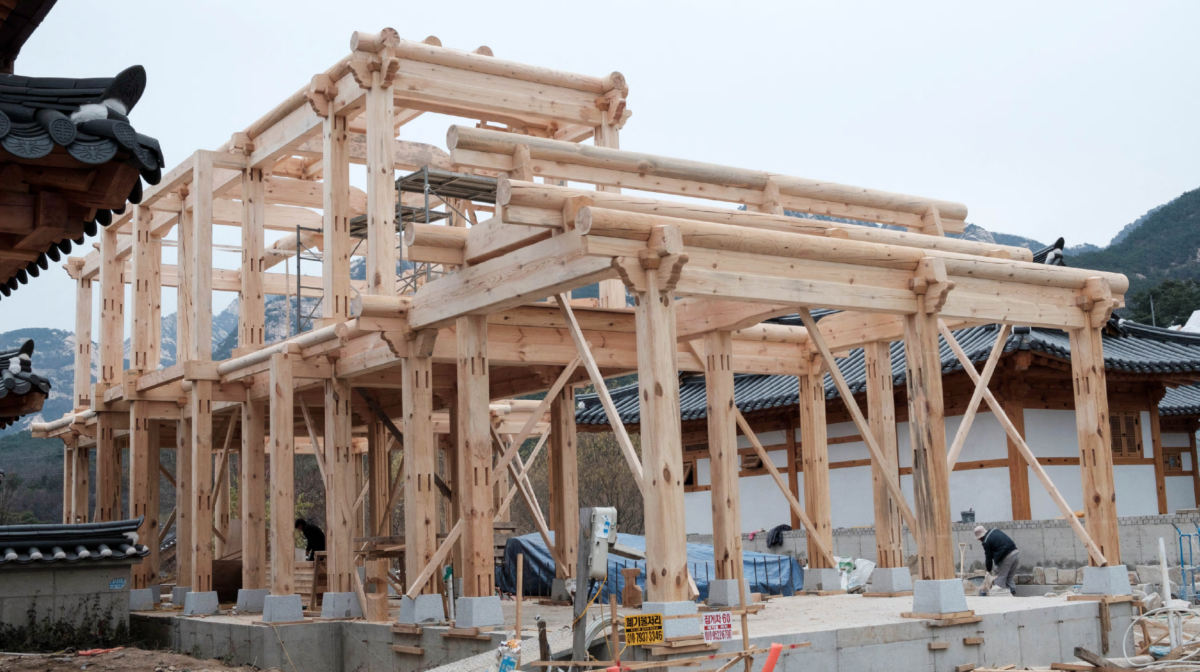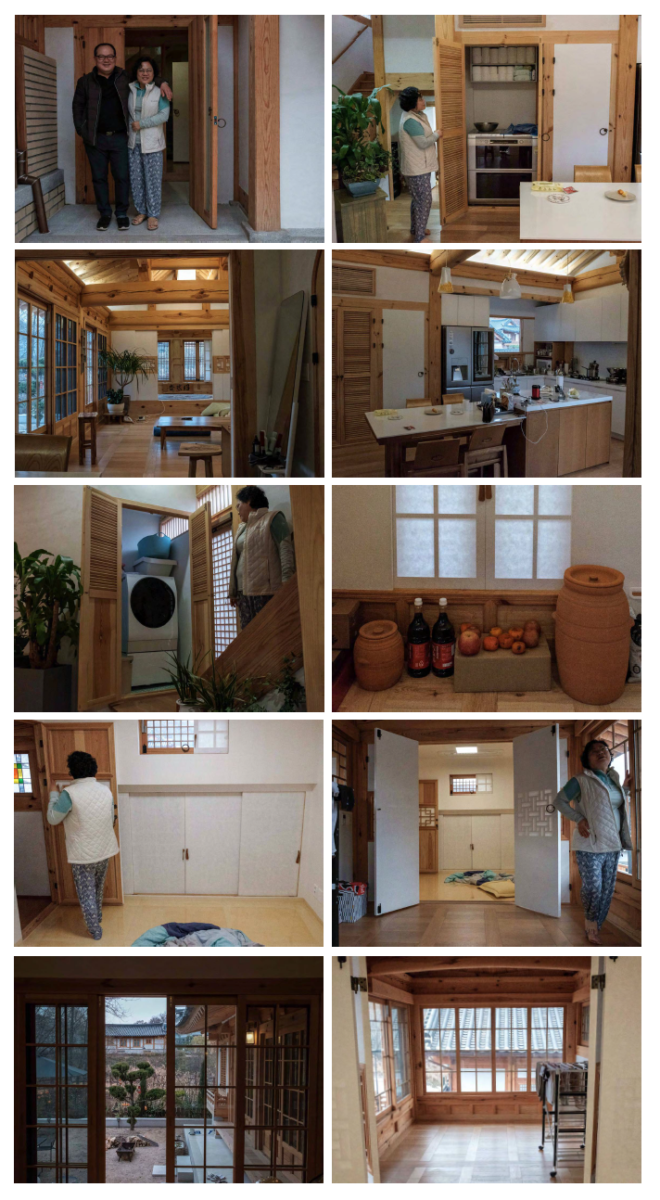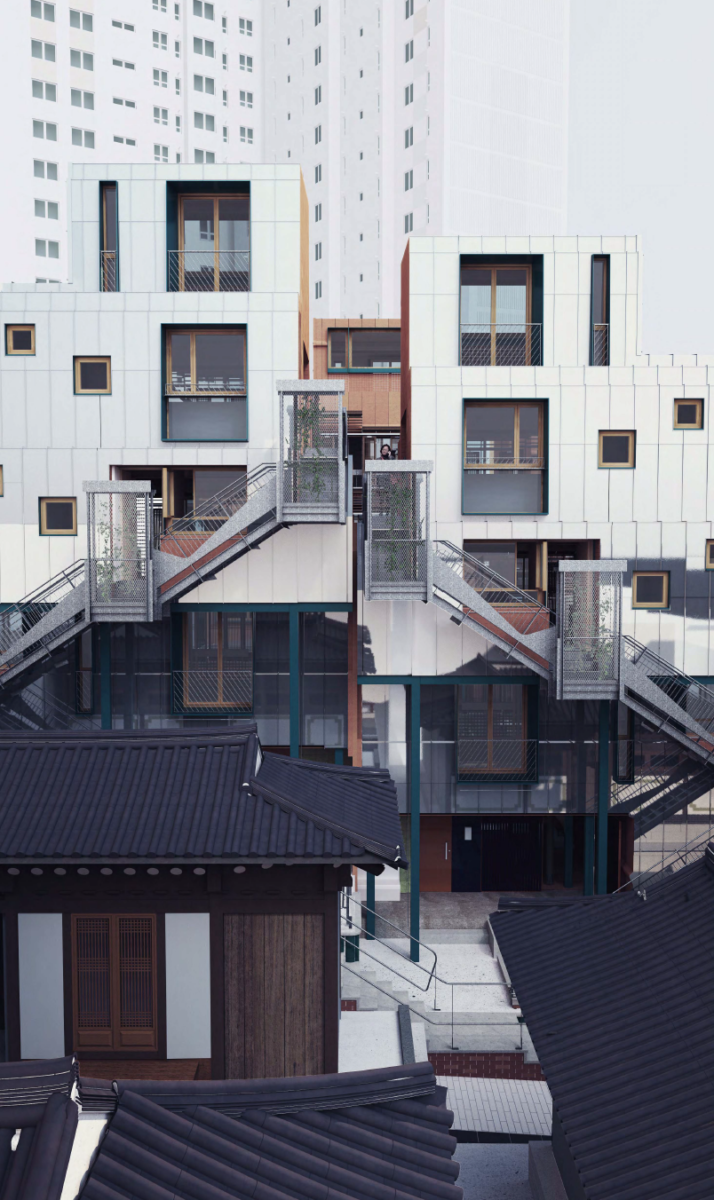

(RE) Placing the Urban Hanok
This project sets out to question the position of historic housing stock within cities which have rapidly developed since its original construction. It highlights a current global phenomenon that residential areas of historic value, which are often located in premium locations in developed cities, have become expensive, tourist-orientated neighbourhoods. Focusing on Seoul’s historic urban courtyard typology and the context in which it emerged in the 1930s, as well as the current environment in which it exists, the project discusses how contextual change results in a changed relevance of historic housing.
Focusing on Seoul’s remaining urban hanok neighbourhoods, the project investigates preservation strategies that have resulted in the majority of the city’s historic housing stock being rebuilt. The project employs Eunpyeong Hanok Village as a case study to investigate the Seoul Metropolitan Governments method of constructing entirely new urban hanok villages as a way of preserving the housing typology.
The project attempts to re-evaluate recognised approaches for urban development and preservation. It highlights a current tendency of urban preservation strategies resulting in the creation of exclusive and expensive contemporary neighbourhoods. It raises a question at a global scale of whether there is an alternative approach, where historic housing can be adapted in order to benefit local communities, and used as a site for additional affordable housing.
The project rejects theories on preservation which emphasise material originality and replicating aesthetic appearance. Instead, it focuses on the importance of preserving the social qualities and ideas on domestic space embedded within housing. It identifies the city as a fluid system which is continually and incrementally changing. Historic housing stock should therefore be allowed to adapt and change to different contexts and new generations of inhabitants.
As shown in Seoul, rapid urban development can force a city to re-evaluate its historic housing stock. Surrounded by newer, taller and modernised developments, historic housing stock can appear outdated.
If historic housing stock is not reinvented within new contexts, it risks becoming irrelevant. It may be demolished and replaced with something new – as with the urban hanoks over the past 50 years – or preserved and converted into an exclusive typology, beneficial for tourism or a privileged few.
The project speculates on how housing design can be allowed to evolve. It does this by studying the existing condition of the urban hanok is terms of its structural and spatial design as well how it has been adapted and appropriated by residents. The design then provides a higher density typology which introduces contemporary construction methods and ideas on inhabitation, while retaining a layout influenced by the original urban hanok form.
The design provides an example of a reinvented typology that responds to the contextual needs of the present day. It also demonstrates how housing can be additively changed on a plot-by-plot basis. It opposes both a broad master-planned re-development of an area, or preserving a neighbourhood as a whole.
